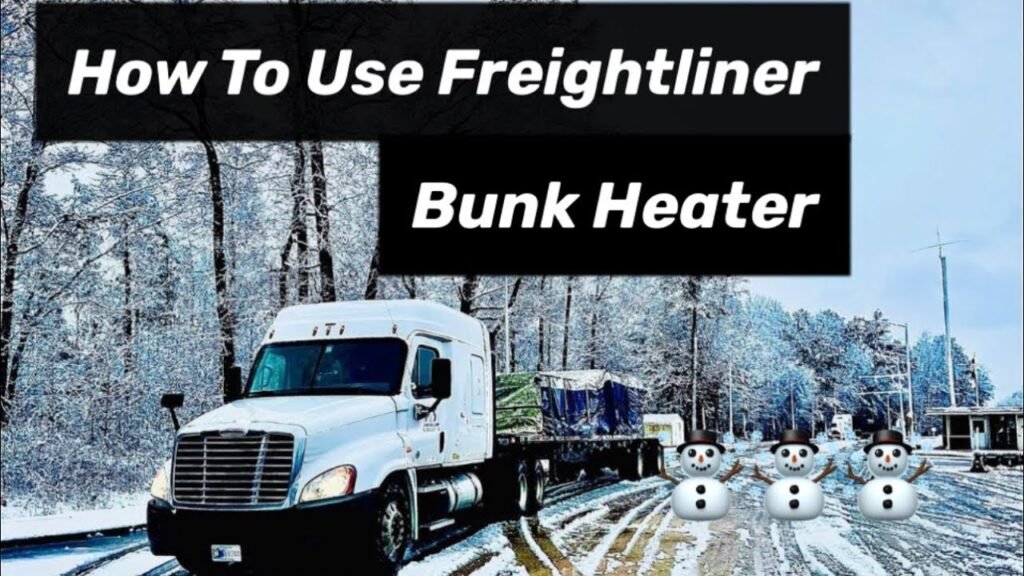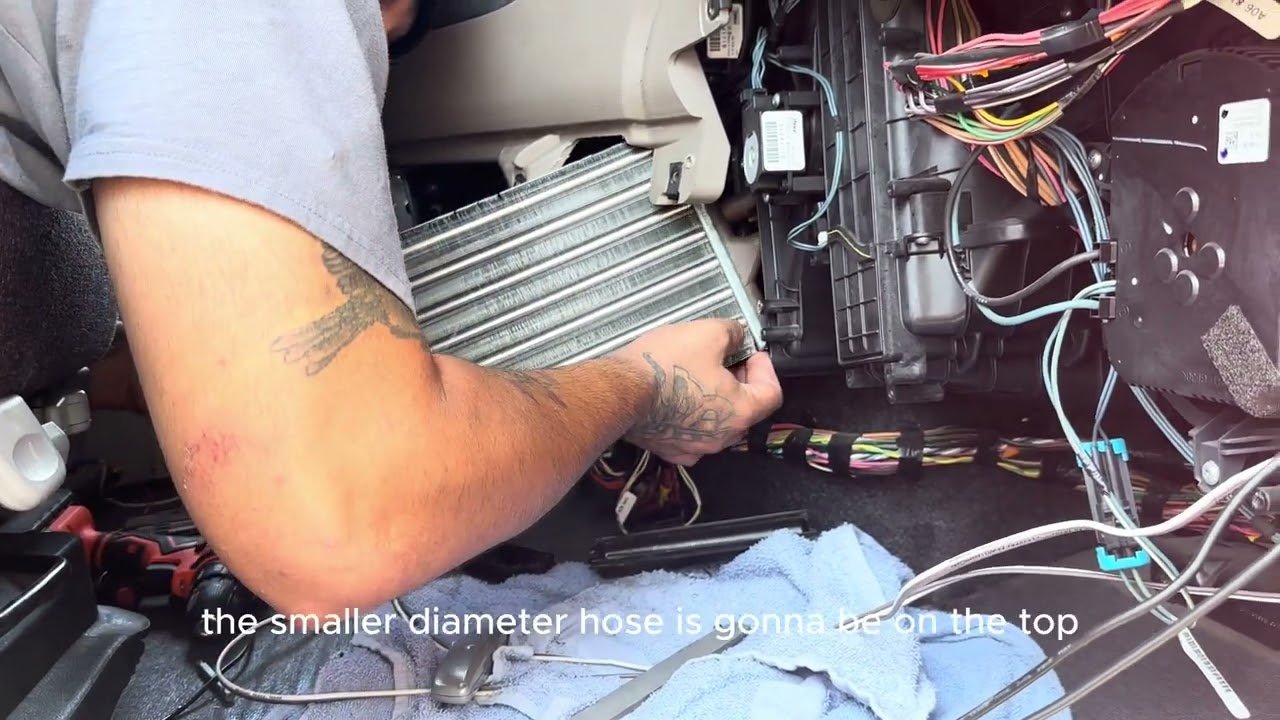
Facing heater problems in your Freightliner Cascadia? Don’t let the cold worry you, the reason behind it might not be as complex as you think! This interesting and insightful article is all about exploring the potential causes and most effective solutions for your Freightliner Cascadia’s heater not warming up. Filled with reliable and helpful advice, this read will equip you to tackle this issue head-on and get you back on the road in a cozy, warm cab in no time.
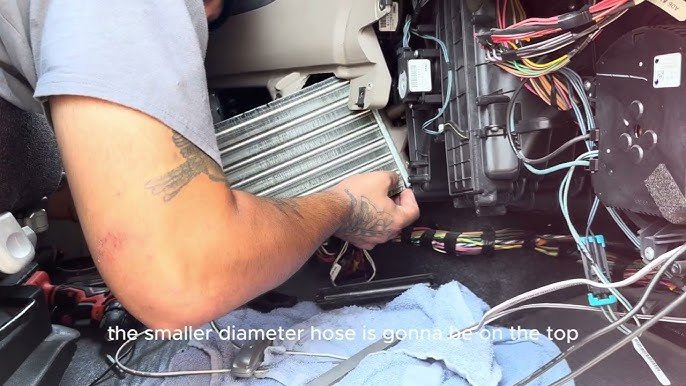
Understanding the Heating System of a Freightliner Cascadia
The heating, ventilation, and air conditioning (HVAC) system in a Freightliner Cascadia is an important feature that ensures a comfortable environment inside the truck’s cabin. With an understanding of the system’s components and their functions, diagnosing issues and implementing solutions becomes a manageable task.
Overview of Freightliner Cascadia’s HVAC System
The HVAC system of a Freightliner Cascadia includes various components that work in harmony to regulate temperature, humidify or dehumidify the air, and make the driving and resting experience inside the truck pleasant for the driver.
How the Heating System Works
The heating system operates by bringing cold outdoor air into the heating compartment, where it is warmed up with the help of a heater core that uses hot coolant from the engine. The fan or blower motor then circulates the warmed air inside the cabin through the vents.
Components of the Heating System
The essential components of the heating system include the heater core, blower motor, thermostat, coolant system, HVAC control panel, and a complex web of electrical wiring and connectivity systems that ensure smooth functioning of all parts.
Common Symptoms of Heating System Issues
There are several symptoms that signal issues with the heating system of a Freightliner Cascadia. Recognizing these signs can help you take the necessary corrective measures in time.
Lack of Hot Air from Vents
Cold air blowing out of the vents when you’ve turned the heater on can be a major indication that something is wrong with the system. This could be due to issues with the heater core, blocked or leaking ducts, or control panel malfunctions.
Heater Takes Too Long to Warm Up
Heaters are supposed to quickly warm up the cabin. If the warm-up phase is taking longer than usual, it could be because of a malfunctioning thermostat or low coolant levels.
Inconsistent Heating Performance
The truck’s cabin temperature should remain stable once you set the desired heat level. If the heater is producing inconsistent temperature, this could be caused by electrical or control system failure.
Thermostat Problems
The thermostat serve as a ‘temperature monitor’ and is a critical part of the heating system.
How a Thermostat Functions
A thermostat operates by sensing the temperature of the environment and regulating the HVAC system accordingly to reach and maintain the set temperature.
Symptoms of a Failing Thermostat
Some symptoms indicative of a failing thermostat in your Freightliner Cascadia might include an over-cooling or overheating engine, irregular temperature changes in the cabin, or no warm air being blown into the cabin at all.
Diagnosing Thermostat Issues
If you suspect your thermostat is malfunctioning, a full inspection of the thermostat and the surrounding components by a trained professional should be conducted to confirm your suspicions and identify the best corrective actions.
Coolant System Malfunctions
Coolant is vital for your Freightliner Cascadia’s heating system to work efficiently.
The Role of Coolant in Heating
Coolant transfers heat from the engine block to the heater core, where it is then used to warm the air before its distribution in the cabin.
Identifying Coolant Leaks
Coolant leaks are often noticed due to the brightly colored liquid under the vehicle, or through an alert on the truck dashboard. An unusual smell can also be indicative of a coolant leak.
Effects of Low Coolant Levels
Low coolant levels can negatively impact your Freightliner Cascadia’s heating ability. This is because less heat is being transferred from the engine block to the heater core, leading to inefficient heating.
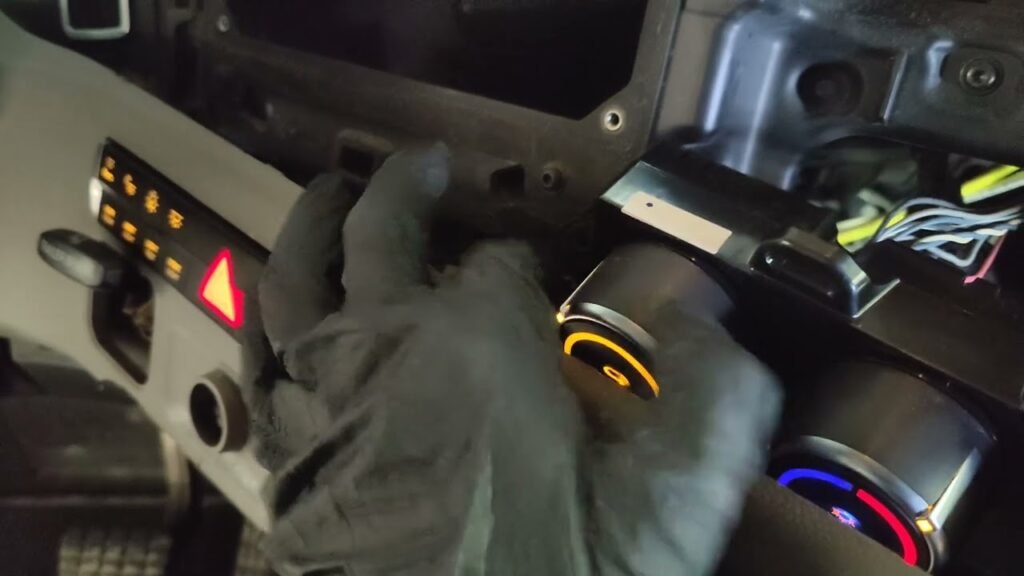
Heater Core Issues
The heater core is the essential component of your heater.
Understanding the Heater Core’s Function
The heater core acts like a small radiator that uses hot coolant to warm up cold air which is then blown into the truck cabin.
Signs of a Clogged Heater Core
A clogged or damaged heater core often leads to minimal or no warm air flowing from the vents, a sweet smell, or fogged-up windows inside the cabin.
Diagnosing a Faulty Heater Core
If you suspect a faulty heater core, conduct an inspection by checking for coolant leaks, testing the functionality of the blower motor, and evaluating the condition of the coolant itself.
Blower Motor and Fan Troubles
The blower motor and fan play key roles in circulating the warm air through the cabin.
Function of Blower Motor and Fan
The blower motor powers the fan, which circulates the warm air coming from the heater core throughout the truck cabin.
Common Blower Motor Failures
Common blower motor malfunctions include the fan not starting, running weakly, or making irregular noises. These signs indicate that it may be time to replace or repair the blower motor in your Freightliner Cascadia.
Troubleshooting the Fan and Blower Motor
If the blower motor or fan is causing trouble, try troubleshooting by checking the power supply to the motor, inspecting the fan condition, or using a test light to locate power disruptions.
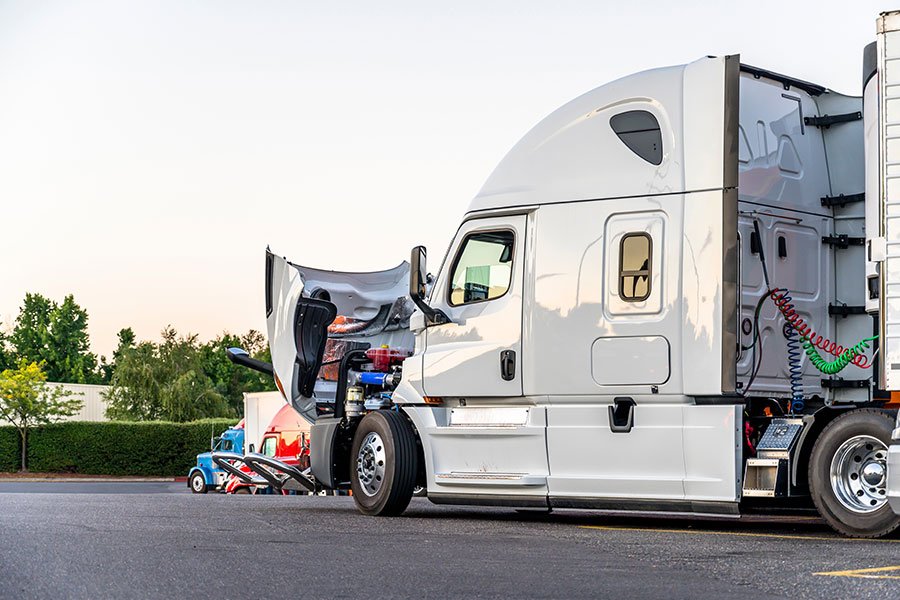
Air Duct Blockage and Leakage
Air ducts facilitate smooth airflow in your Cascadia, but they can be susceptible to blockages and leaks.
Checking for Obstructions in Air Ducts
Ensure that no foreign objects are blocking the air ducts. A flashlight can be helpful in inspecting the ducts, ensuring there are no clogs.
Inspecting Air Ducts for Leaks
Look out for any hidden leaks in the ducts that might prevent proper circulation of hot air. Cracks or fissures could be the primary source of these leaks.
Impact of Blocked or Leaky Ducts on Heating
Blocked or leaking air ducts can lead to inconsistent heating performance, with some areas of the cabin feeling warmer than others. Left unchecked, this will put unnecessary stress on the entire HVAC system.
Electrical and Control System Failures
An efficiently working heater requires a functioning electrical and control system.
Electrical Wiring and Connectivity Issues
Faulty electrical connections or wiring could disrupt the heating functionality. Wires should be inspected for wear and tear or possible corroding.
Troubleshooting Control Modules
If you’re facing heating issues, it could be a problem with the control modules. Inspecting and testing or replacing faulty modules often resolves the issue.
Importance of the Fuse Box and Relays
The fuse box and relays have a crucial role to ensure all electrical components of the heating system are getting power. Any malfunction in these areas could lead to heating problems.
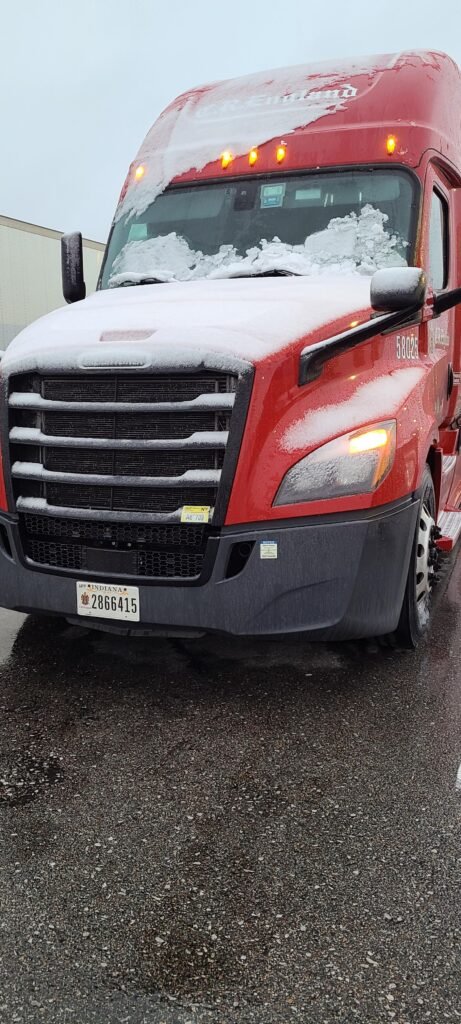
HVAC Control Panel Malfunctions
The control panel of your HVAC system is the interface you interact with to control the system.
Analyzing the HVAC Control Panel
If your heating is inconsistent or non-functioning, the HVAC control panel may be to blame. Ensure all buttons are working properly and all indicators are functioning.
Symptoms of Control Panel Issues
Lights on the panel not turning on, some buttons not responding, or heat setting not being maintained could all suggest a control panel problem.
Repairing or Replacing the HVAC Control Panel
In case of control panel issues, if a simple cleaning doesn’t solve the problem, you might need to repair or replace the HVAC control panel.
Troubleshooting Guide
Troubleshooting your heating system can help you identify any problems and reach to solutions quicker.
Step-by-Step Heater Troubleshooting
Following a systematic approach, starting with the easiest and most obvious problem areas like the thermostat and coolant levels and moving to more complex systems like electrical wiring and the HVAC control panel, can be effective.
Tools Needed for Heater Diagnosis
You’ll need some basic tools for heater diagnosis, like a wrench, an ohmmeter, a pressure tester, and a test light. A flashlight could also be handy.
Safety Considerations When Inspecting the Heater
While inspecting and diagnosing the heater, make sure to keep safety in mind. Ensure the truck is turned off and the surfaces have cooled down before you begin to avoid any potential hazards.
In conclusion, understanding your Freightliner Cascadia’s heating system is key to identifying and resolving any issues that might crop up. Regular inspection and proper maintenance can keep the system working efficiently, providing you with a comfortable cabin environment, no matter the weather conditions outside.
